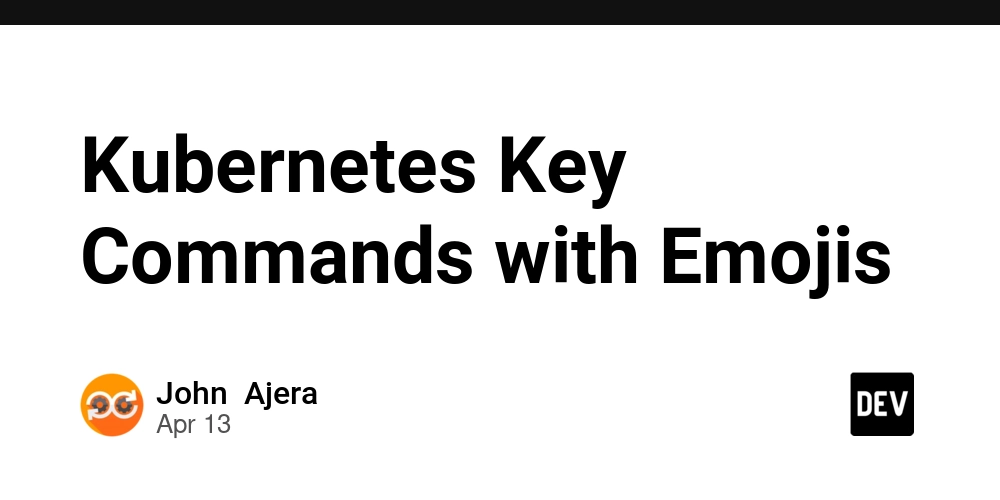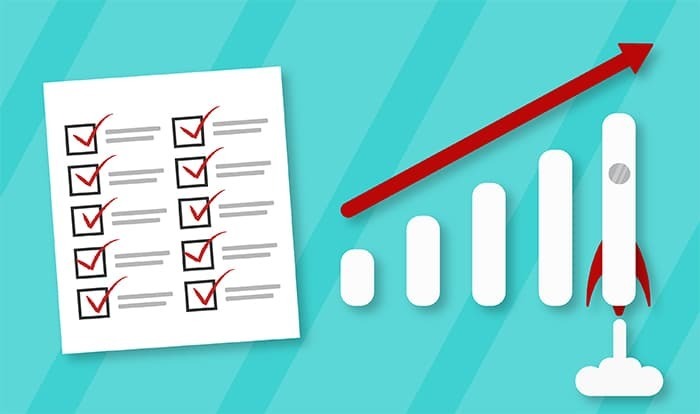Testing Apps for Seamless User Onboarding in 2025
Introduction Starting a new app can feel like a puzzle. I downloaded a fitness app last week, excited to track my runs, but got stuck on a clunky signup screen. Buttons didn’t work, instructions confused me — I almost quit. In April 2025, software testing is tackling this one problem — making app onboarding smooth and welcoming. This isn’t a vague tech survey or a jargon-heavy slog. It’s a deep, plain dive into how testers and developers help users like me get started without frustration, told from my perspective as someone who just wants to hit the ground running. The Onboarding Struggle First impressions matter, but apps often fumble them. My fitness app asked for my height in centimeters — I only know feet. The “next” button froze; no hint why. My friend tried a budgeting app — endless forms, no clear goal — she deleted it. New users need apps to guide them — sign up, set up, start using — fast and easy. Messy onboarding pushes people away. In 2025, testers are focusing on this, ensuring apps don’t lose me before I even begin. Why It’s a Big Deal This isn’t just about screens — it’s about sticking around. I wanted to track runs, not fight forms. If my fitness app stumps me, I won’t use it — there’s another one out there. My friend gave up budgeting because her app felt like a chore. First steps shape trust — get it wrong, and users like us bail. Testing for onboarding means I start running, she starts saving — not uninstalling. In 2025, it’s about making apps feel right from the first tap. How Testers Dive In Testers act like newbies. They grab my fitness app on a phone — my mid-range model, not a lab device. They sign up — enter a name, pick a goal, save. They try it fresh — no app know-how. They mess up — wrong email, skip steps — does it guide back? They use tools — track clicks, time, errors. They log it — signup stuck, goal unclear. They’re not coders here — they’re me, fumbling through a new app. In 2025, testing starts with that first, awkward tap. What They Find Testers spot barriers fast. My fitness app’s height field locked to metric — no inch option. The “next” button hung if I typed too fast — no error message. My friend’s budgeting app had five forms — asked her income twice, no skip. Instructions baffled — “configure defaults” meant nothing. Small screens like mine cut text — buttons hid. Testers see apps assume I know too much — new users don’t. They list every block — freezes, jargon, loops. In 2025, they’re finding what makes me want to quit. How Developers Smooth It Developers take the notes and reshape things. My fitness app’s metric lock? They add feet, inches — my choice. The stuck button? They make it wait for my typing — error says “fix email.” My friend’s app cuts forms — two, not five, no repeat asks. They clarify — “set budget” replaces “defaults.” They adjust for my phone — text fits, buttons show. Testers retry — sign up, set up, go. Now I track runs; she budgets. In 2025, developers craft onboarding that pulls us in, not pushes us out. My Apps Now My apps welcome me now. I opened that fitness app today — signed up in a minute, picked miles, started a run log. No freezes, no confusion. My friend’s budgeting app guides her — one form, clear “add income,” she’s saving already. Before, we’d stall or give up. Testing for onboarding fixed this one thing. In 2025, I’m using apps, not wrestling them, because the first step feels easy. The Whole Testing Process Testers cover it all. They try every signup path — email, social login, guest. They test fields — short names, long passwords — does it accept? They check hints — too vague, too wordy? They use phones like mine — small, old — does it fit? They try skips — miss a step, does it nudge? They push crowds — thousands join at once — does it lag? They test errors — wrong input, does it explain? In 2025, they’re making sure onboarding works for every user, every try. Why Onboarding’s Tricky Apps trip here naturally. Developers focus on features — cool trackers, not first screens. My fitness app packed run stats — signup was an afterthought. Forms grow — more data, more hassle. Phones differ — my small screen cramps big designs. New users vary — I’m quick, my friend’s cautious. Testers know this — they don’t expect perfect; they demand clear. In 2025, they’re fixing what’s rushed or ignored. What I Get Out of It This testing hooks me. I don’t ditch my fitness app — I run with it, no fight. My friend budgets — she’s not stuck on forms. Before, we’d delete and move on. Now, we stay. It’s one piece — onboarding — but it’s the door to everything. In 2025, I’m in apps fast, doing what I came for, because testers made the start simple. Testing Beyond My Apps Testers don’t stop at two. They try my cousin’s recipe app — signup’s now one tap, she’s cooking. My coworker’s news app — pick topics, no loops, he’s readin
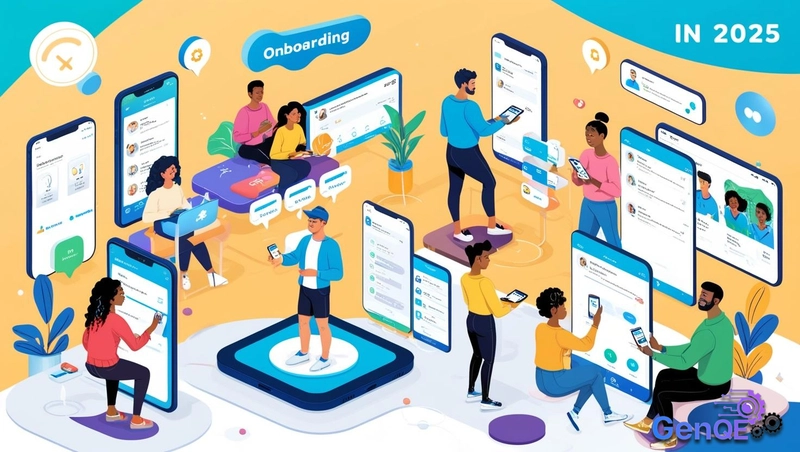
Introduction
Starting a new app can feel like a puzzle. I downloaded a fitness app last week, excited to track my runs, but got stuck on a clunky signup screen. Buttons didn’t work, instructions confused me — I almost quit. In April 2025, software testing is tackling this one problem — making app onboarding smooth and welcoming. This isn’t a vague tech survey or a jargon-heavy slog. It’s a deep, plain dive into how testers and developers help users like me get started without frustration, told from my perspective as someone who just wants to hit the ground running.
The Onboarding Struggle
First impressions matter, but apps often fumble them. My fitness app asked for my height in centimeters — I only know feet. The “next” button froze; no hint why. My friend tried a budgeting app — endless forms, no clear goal — she deleted it. New users need apps to guide them — sign up, set up, start using — fast and easy. Messy onboarding pushes people away. In 2025, testers are focusing on this, ensuring apps don’t lose me before I even begin.
Why It’s a Big Deal
This isn’t just about screens — it’s about sticking around. I wanted to track runs, not fight forms. If my fitness app stumps me, I won’t use it — there’s another one out there. My friend gave up budgeting because her app felt like a chore. First steps shape trust — get it wrong, and users like us bail. Testing for onboarding means I start running, she starts saving — not uninstalling. In 2025, it’s about making apps feel right from the first tap.
How Testers Dive In
Testers act like newbies. They grab my fitness app on a phone — my mid-range model, not a lab device. They sign up — enter a name, pick a goal, save. They try it fresh — no app know-how. They mess up — wrong email, skip steps — does it guide back? They use tools — track clicks, time, errors. They log it — signup stuck, goal unclear. They’re not coders here — they’re me, fumbling through a new app. In 2025, testing starts with that first, awkward tap.
What They Find
Testers spot barriers fast. My fitness app’s height field locked to metric — no inch option. The “next” button hung if I typed too fast — no error message. My friend’s budgeting app had five forms — asked her income twice, no skip. Instructions baffled — “configure defaults” meant nothing. Small screens like mine cut text — buttons hid. Testers see apps assume I know too much — new users don’t. They list every block — freezes, jargon, loops. In 2025, they’re finding what makes me want to quit.
How Developers Smooth It
Developers take the notes and reshape things. My fitness app’s metric lock? They add feet, inches — my choice. The stuck button? They make it wait for my typing — error says “fix email.” My friend’s app cuts forms — two, not five, no repeat asks. They clarify — “set budget” replaces “defaults.” They adjust for my phone — text fits, buttons show. Testers retry — sign up, set up, go. Now I track runs; she budgets. In 2025, developers craft onboarding that pulls us in, not pushes us out.
My Apps Now
My apps welcome me now. I opened that fitness app today — signed up in a minute, picked miles, started a run log. No freezes, no confusion. My friend’s budgeting app guides her — one form, clear “add income,” she’s saving already. Before, we’d stall or give up. Testing for onboarding fixed this one thing. In 2025, I’m using apps, not wrestling them, because the first step feels easy.
The Whole Testing Process
Testers cover it all. They try every signup path — email, social login, guest. They test fields — short names, long passwords — does it accept? They check hints — too vague, too wordy? They use phones like mine — small, old — does it fit? They try skips — miss a step, does it nudge? They push crowds — thousands join at once — does it lag? They test errors — wrong input, does it explain? In 2025, they’re making sure onboarding works for every user, every try.
Why Onboarding’s Tricky
Apps trip here naturally. Developers focus on features — cool trackers, not first screens. My fitness app packed run stats — signup was an afterthought. Forms grow — more data, more hassle. Phones differ — my small screen cramps big designs. New users vary — I’m quick, my friend’s cautious. Testers know this — they don’t expect perfect; they demand clear. In 2025, they’re fixing what’s rushed or ignored.
What I Get Out of It
This testing hooks me. I don’t ditch my fitness app — I run with it, no fight. My friend budgets — she’s not stuck on forms. Before, we’d delete and move on. Now, we stay. It’s one piece — onboarding — but it’s the door to everything. In 2025, I’m in apps fast, doing what I came for, because testers made the start simple.
Testing Beyond My Apps
Testers don’t stop at two. They try my cousin’s recipe app — signup’s now one tap, she’s cooking. My coworker’s news app — pick topics, no loops, he’s reading. They use every phone — cheap, old, mine. My sister’s travel app — book a trip, no signup maze. They want all apps to open wide — not just my runs. In 2025, this testing makes every first tap count.
The Challenges
It’s not all smooth. Some apps overdo it — my game app’s signup asks too much, still clunky. Small phones struggle — text clips on my friend’s model. Slow servers lag — new users wait. Testers catch this. Developers trim — less steps, better fit — but it’s slow. Companies rush — launch fast, skip polish. In 2025, testers push for clarity despite the grind.
How They Know It Works
Testers measure it. They time my fitness app — signup’s 30 seconds, not three minutes. They count drops — zero quit now, not ten. They ask me — easy? I say yes. They test flows — email to goal, no snags. They push loads — millions join, no crash. They use facts — clicks, times, errors — to prove it’s good. In 2025, they’re showing onboarding’s right, not guessing.
Where This Could Go
This testing could spread. My fitness app’s smooth — my chat app’s signup isn’t. Testers might fix it — one tap, I’m talking. My shop app — forms could shrink. Every app could nail this — games, maps, news. In 2025, onboarding testing might mean no app feels like a chore, ever.
Why Companies Care
Companies know I’ll bounce if onboarding’s hard — my fitness app keeps me because it’s easy. My friend stays with her budget app — clear start, more use. Good first steps lock users — bad ones lose them. It’s not just kind — it’s profit. In 2025, testing this grabs users and cash.
The Bigger Picture
This could change apps long-term. If testers keep at it, new apps might launch with simple starts — no fixes needed. Developers might prioritize users — clear steps, not flash. My next app might feel perfect from tap one. In 2025, this one focus could make every app a breeze to begin.
Conclusion
Testing apps for seamless onboarding in 2025 is a game-changer. It gets me running, my friend budgeting — no stress, just starts. Testers spot the blocks, developers clear them, and we’re in. This isn’t about all tech — it’s about that first tap, working right. It’s enough to keep us hooked. What’s your app’s first step like?









































































































































































![[The AI Show Episode 144]: ChatGPT’s New Memory, Shopify CEO’s Leaked “AI First” Memo, Google Cloud Next Releases, o3 and o4-mini Coming Soon & Llama 4’s Rocky Launch](https://www.marketingaiinstitute.com/hubfs/ep%20144%20cover.png)
















































































































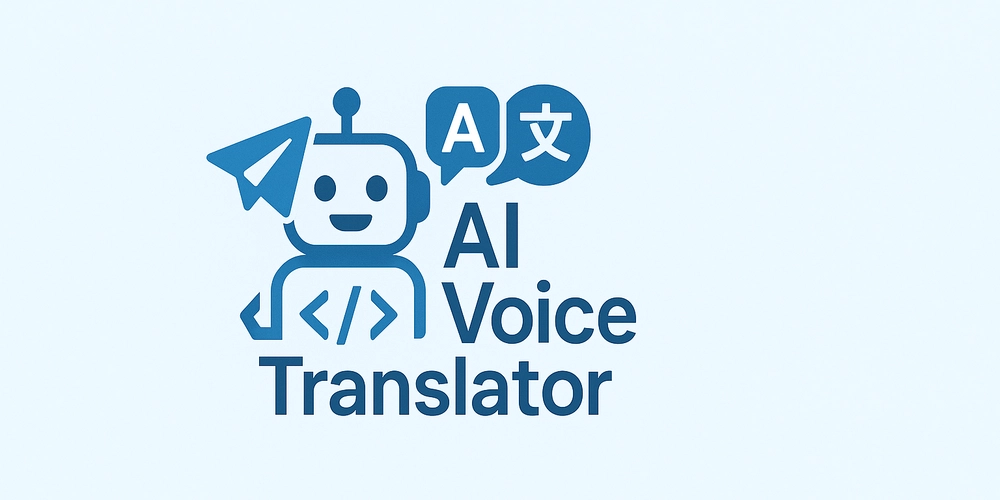
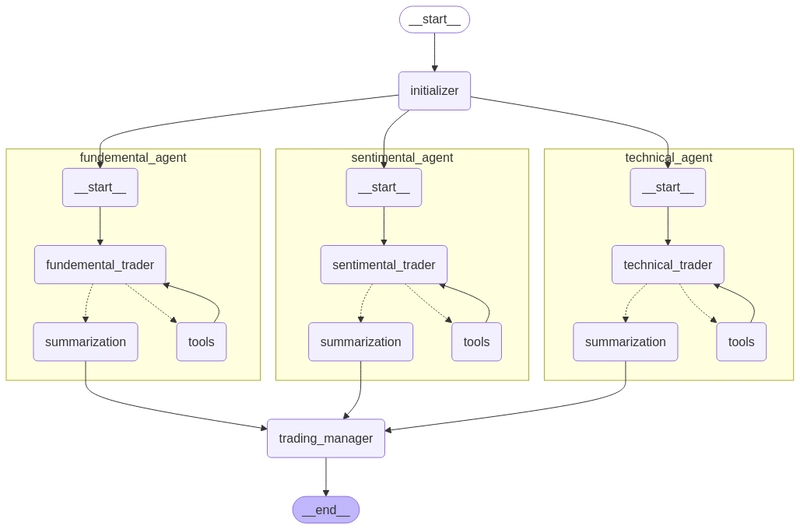
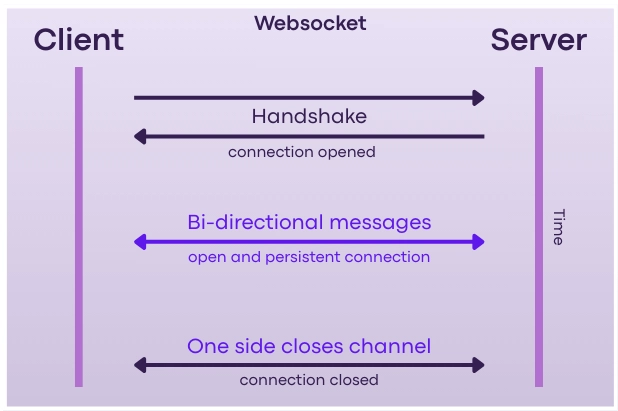
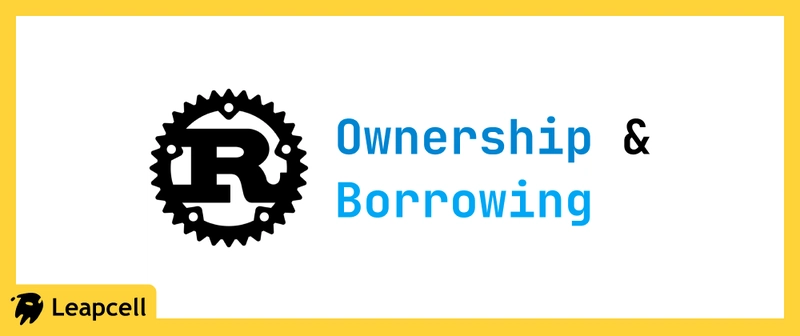









![[DEALS] The All-in-One Microsoft Office Pro 2019 for Windows: Lifetime License + Windows 11 Pro Bundle (89% off) & Other Deals Up To 98% Off](https://www.javacodegeeks.com/wp-content/uploads/2012/12/jcg-logo.jpg)



























![Is this too much for a modular monolith system? [closed]](https://i.sstatic.net/pYL1nsfg.png)











































































































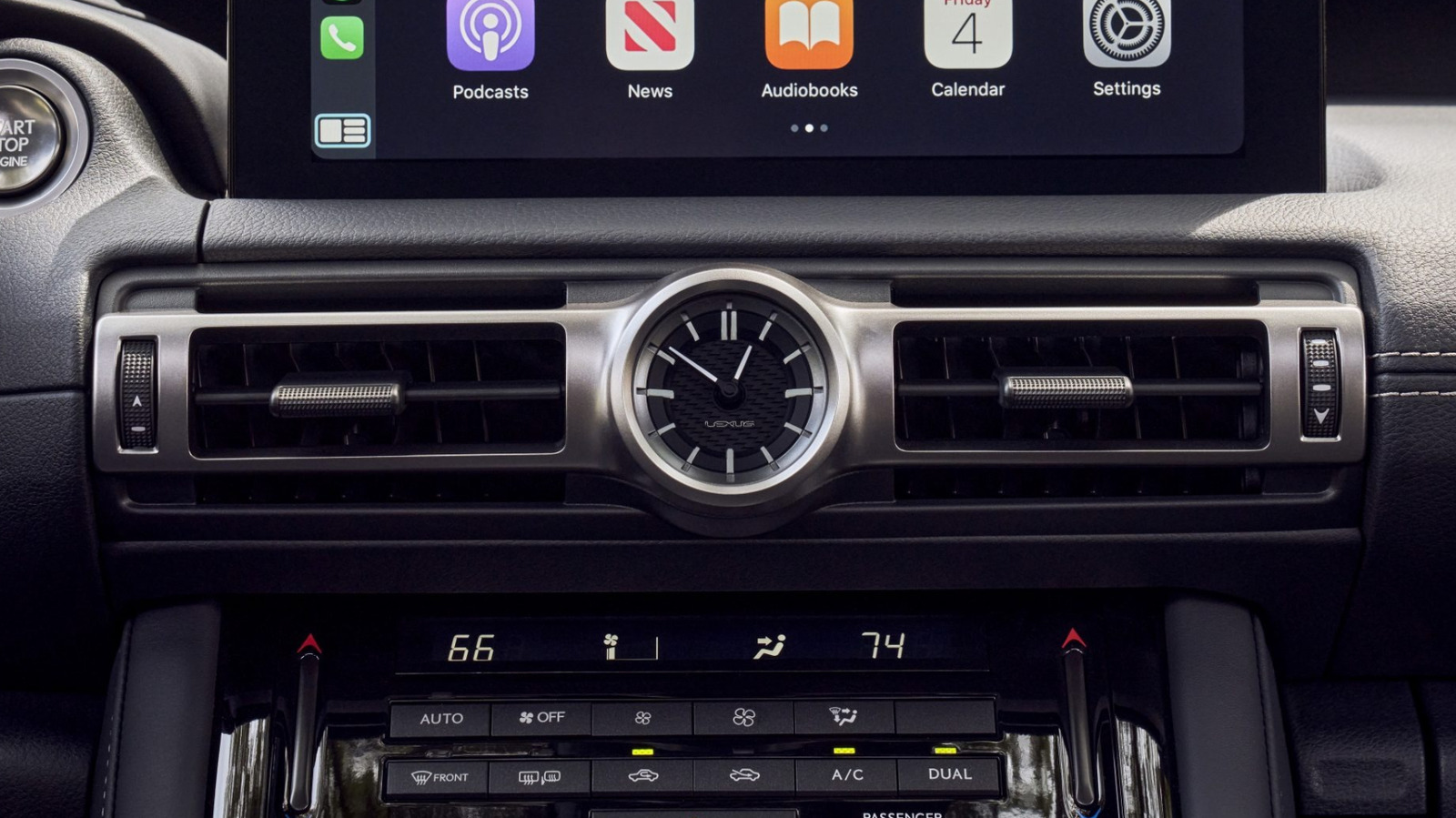










_Andreas_Prott_Alamy.jpg?width=1280&auto=webp&quality=80&disable=upscale#)






























































































![What features do you get with Gemini Advanced? [April 2025]](https://i0.wp.com/9to5google.com/wp-content/uploads/sites/4/2024/02/gemini-advanced-cover.jpg?resize=1200%2C628&quality=82&strip=all&ssl=1)












![Apple Shares Official Trailer for 'Long Way Home' Starring Ewan McGregor and Charley Boorman [Video]](https://www.iclarified.com/images/news/97069/97069/97069-640.jpg)
![Apple Watch Series 10 Back On Sale for $299! [Lowest Price Ever]](https://www.iclarified.com/images/news/96657/96657/96657-640.jpg)
![EU Postpones Apple App Store Fines Amid Tariff Negotiations [Report]](https://www.iclarified.com/images/news/97068/97068/97068-640.jpg)
![Apple Slips to Fifth in China's Smartphone Market with 9% Decline [Report]](https://www.iclarified.com/images/news/97065/97065/97065-640.jpg)
































































































































